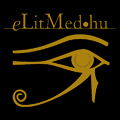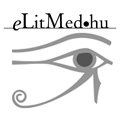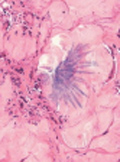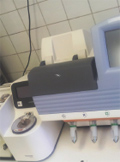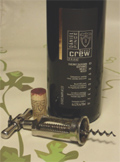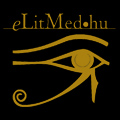The eLitMed.hu medical portal uses computer cookies for convenient operation. Detailed information can be found in the Cookie-policy.
LAM KID - 2013;3(01)
Content
[Osseal and extraosseal effects of vitamin D]
[The author reviews the literature on the osseal and extraosseal effects of vitamin D, discussing the role of vitamin D sufficiency in the maintenance of normal bone structure and bone mass, in fracture prevention and in the efficacy on antiporotic treatment. The effects of vitamin D on hemopoiesis, tumours, muscles, articular cartilage, lungs, cardiovascular system, central nervous system, skin and certain metabolic disorders are also discussed. The paper particularly emphasises and describes on a cellular level the immune-modulating effect of vitamin D and its influence on autoimmune disorders.]
[The role of bone turnover markers in the diagnosis and therapy of osteoporosis]
[Osteoporosis is a metabolic bone diseasecharacterised by decreased bone mass andimpaired bone turnover, which leads to anincreased risk of fractures and significantmorbidity and mortality. Its social and pub-lic health impact and the importance of itsearly and accurate diagnosis are indis-putable. The aim of timely and efficienttherapy is to improve bone quality as wellas to prevent the dreaded complications ofbone fractures. In clinical practice, labora-tory diagnosis of biochemical bone mark-ers are particularly important for therapeu-tic monitoring. In this article, reviewing lit-erature data, we discuss bone-specificmarkers from the clinician’s perspective,and highlight their importance in everydayclinical practice. ]
[A dogma of histochemistry that seems to be refuted - histological detectability of urate crystals]
[In medical practice there are a number of “truths etched in stone” that are passed on from textbook to textbook and learned by generations before they become obsolete. This short study aims to eliminate a misbelief from the diagnosis of gout that is related to the histological detectability of urate deposits. According to the generally accepted thesis, urate crystals obtained from patients with gout are dissolved in formalin solution, therefore, tissue samples should be fixated in alcohol. The authors have found that urate crystals can be detected on conventionally mounted, native (unstained) sections, despite formalin fixation, whereas the great majority of urate crystals are dissolved during haematoxylin-eosin staining. Therefore, for the detection of urate crystals the tissue samples should be examined on native, unstained sections.]
1.
Clinical Neuroscience
[Headache registry in Szeged: Experiences regarding to migraine patients]2.
Clinical Neuroscience
[The new target population of stroke awareness campaign: Kindergarten students ]3.
Clinical Neuroscience
Is there any difference in mortality rates of atrial fibrillation detected before or after ischemic stroke?4.
Clinical Neuroscience
Factors influencing the level of stigma in Parkinson’s disease in western Turkey5.
Clinical Neuroscience
[The effects of demographic and clinical factors on the severity of poststroke aphasia]1.
2.
Clinical Oncology
[Pancreatic cancer: ESMO Clinical Practice Guideline for diagnosis, treatment and follow-up]3.
Clinical Oncology
[Pharmacovigilance landscape – Lessons from the past and opportunities for future]4.
5.
